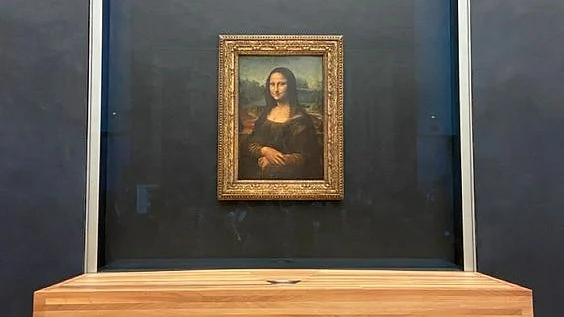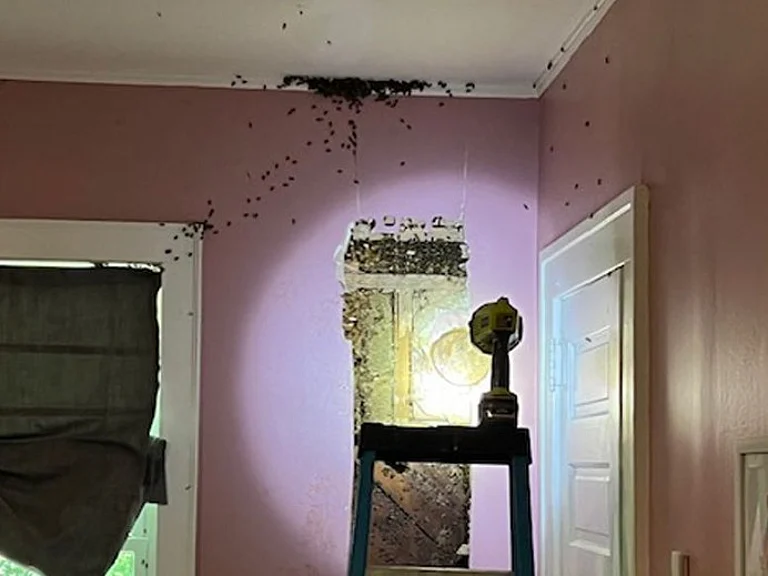Tourists flock to the Louvre Museum in Paris, eager to catch a glimpse of the enigmatic Mona Lisa. However, the reality often falls short of expectations. Long lines snaking through crowded galleries and a fleeting view of the painting encased in bulletproof glass can leave visitors feeling frustrated and disappointed. A recent survey of 18,000 visitors even dubbed the Mona Lisa the "world's most disappointing masterpiece" due to this very experience.
In response to this issue, the Louvre is considering a radical solution: relocating the Mona Lisa to a dedicated underground chamber. This proposal, spearheaded by Louvre director Laurence des Cars, aims to transform how visitors experience this iconic artwork.
Currently, the Mona Lisa resides in a large room, displayed behind security glass. Its position at the back, and the sheer number of visitors vying for a view, often make it appear like a "postage stamp" from afar.
The proposed underground chamber would offer a more controlled environment. By separating the Mona Lisa from the hustle and bustle of the main galleries, the Louvre hopes to create a space conducive to focused appreciation. This could potentially allow for closer viewing and a more intimate encounter with Da Vinci's masterpiece. The relocation is part of a larger "Grand Louvre" renovation project that also envisions a new museum entrance, bypassing the iconic glass pyramid and directing visitors straight to the underground chambers.
The move, however, faces significant hurdles. The estimated cost of €500 million (more than $500 billion) for the entire renovation project puts a strain on the French government, which is currently looking to cut spending. Additionally, there's the question of balancing the Mona Lisa's global status as a "must-see" attraction with the need for its preservation and accessibility.


















